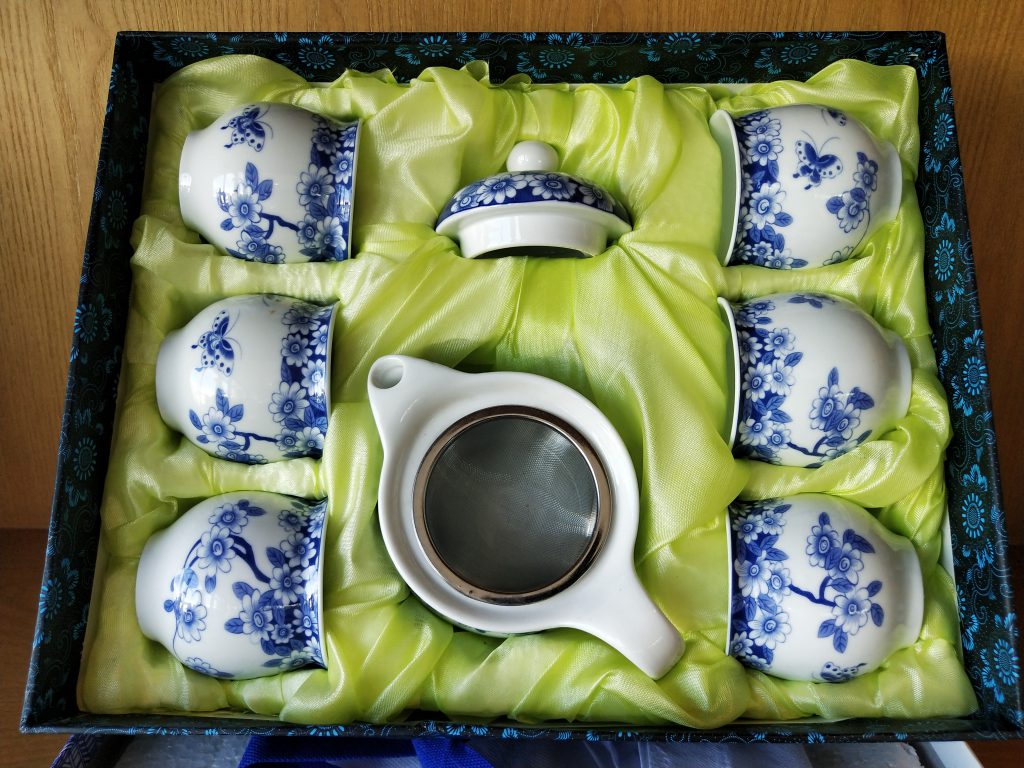Chiang Rai, a small charming city that provides the perfect base for exploring the scenic and cultural attractions of Thailand’s far north. Located 785 kilometres north of Bangkok, Chiang Rai is the capital of Thailand’s northernmost province. At an average elevation of nearly 600 metres above sea level and covering an area of approximately 11,700 square kilometres, the province borders Myanmar to the north, and Lao PDR to the north and northeast. The area is largely mountainous, with peaks rising to 1,500 metres above sea level. Choui Fong, a high-quality tea manufacturer for half a century. With a plantation area of over 1,000 raised in high mountains, all teas are grown under optimal conditions and then hand-picked at the perfect time.
Thaing to do
Ban Rong Khun, Tambon Pa O Don Chai is regarded as one of the most beautiful temples built in this century. A masterpiece of artist Chaloemchai Khositphiphat, famed for his extravagant and unique Buddhism-related paintings, Wat Rong Khun reflects the artist’s grand visions of heaven, hell and Nirvana. The main assembly hall and adjacent area are carved in white with glass mosaics. The walls have been painted with a depiction of heaven and hell. Donations are welcome but should not exceed 10,000 Baht as Chalermchai doesn’t want to be under the influence of big donors, even though he’s spent more than 40 million Baht of his own cash.






Wat Rong Suea Ten
Chiang Rai Blue Temple or Wat Rong Seua Ten is located in Rong Suea Ten in the district of Rimkok a few kilometers outside Chiang Rai. It is a recent temple that is still under construction even if its main hall is now completed. It is above all its magnificent blue interior with a large white Buddha that marks the spirits. The paintings are reminiscent of the style of what you can see inside the White Temple (Wat Rong Khun). The great standing Buddha, also white, standing in front of the back, is also superb. etween the White Temple, the Black House and the Blue Temple, Chiang Rai is definitely the city of colorful temples! ”Suea Ten” literally means the dancing tiger. Here, there were tigers who used to jump over the river. This is how the name of Rong Seua Ten village was find. At the present temple location, there was a ruin of an temple abandoned 80 to 100 years ago. In 1996, the villagers decided to rebuild a temple here. The construction started in October 2005, the White Buddha was completed in 2008 while the main hall was only completed on 22th January 2016. The Blue Temple of Chiang Rai is not very known among tourist for now because it was completed very recently but no doubt it will become more and more famous and will welcome more and more people in the coming years.
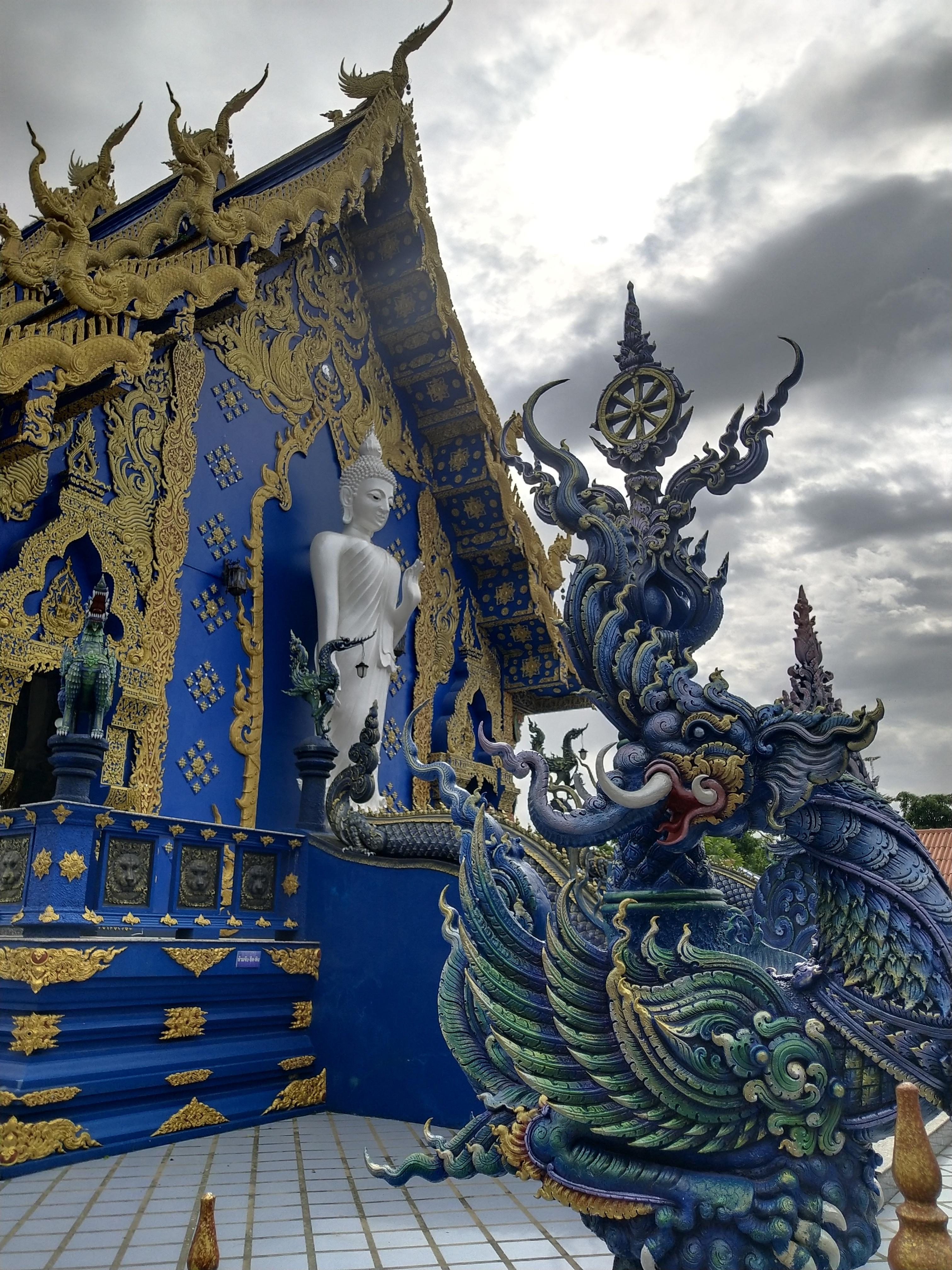
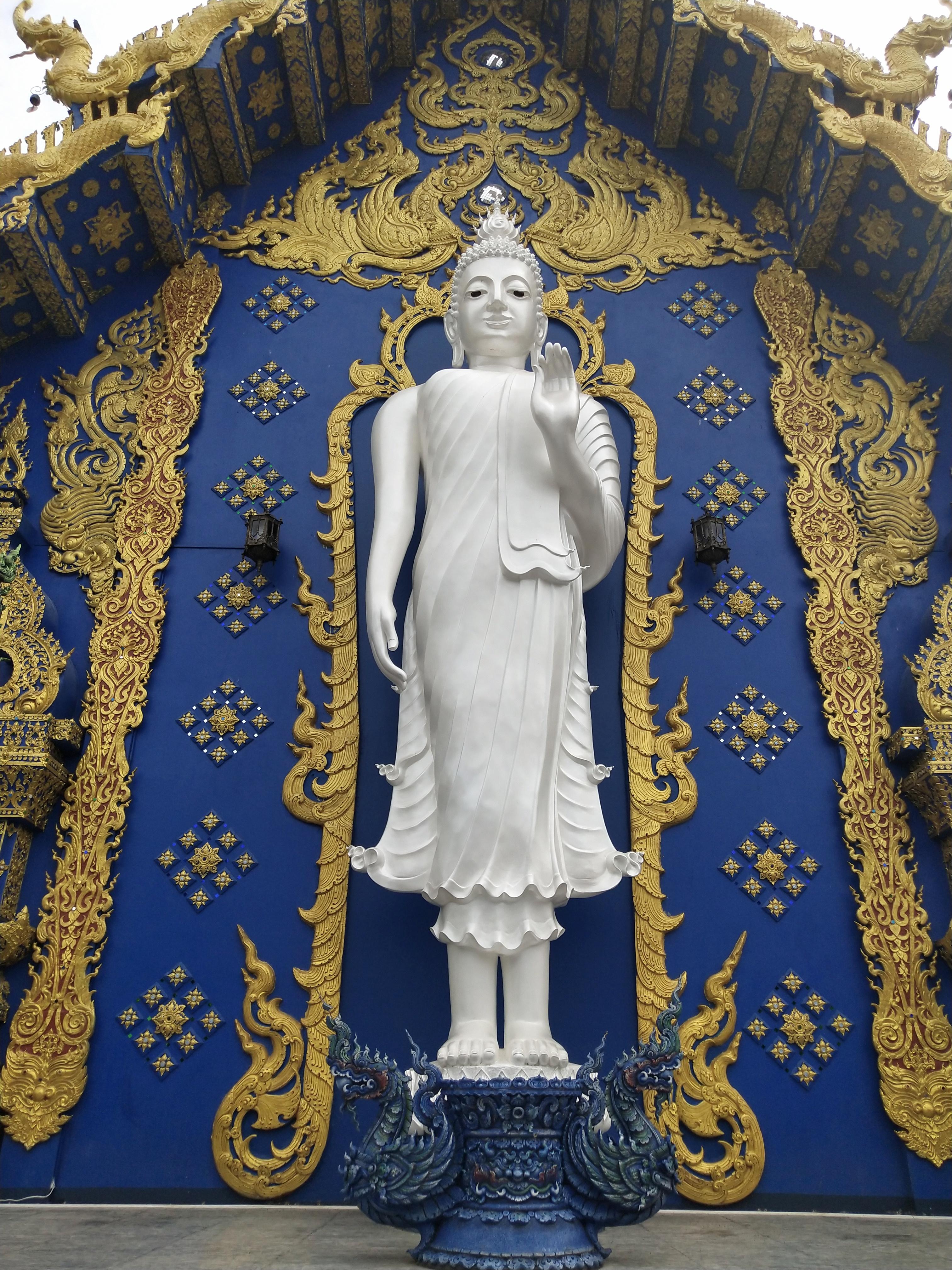

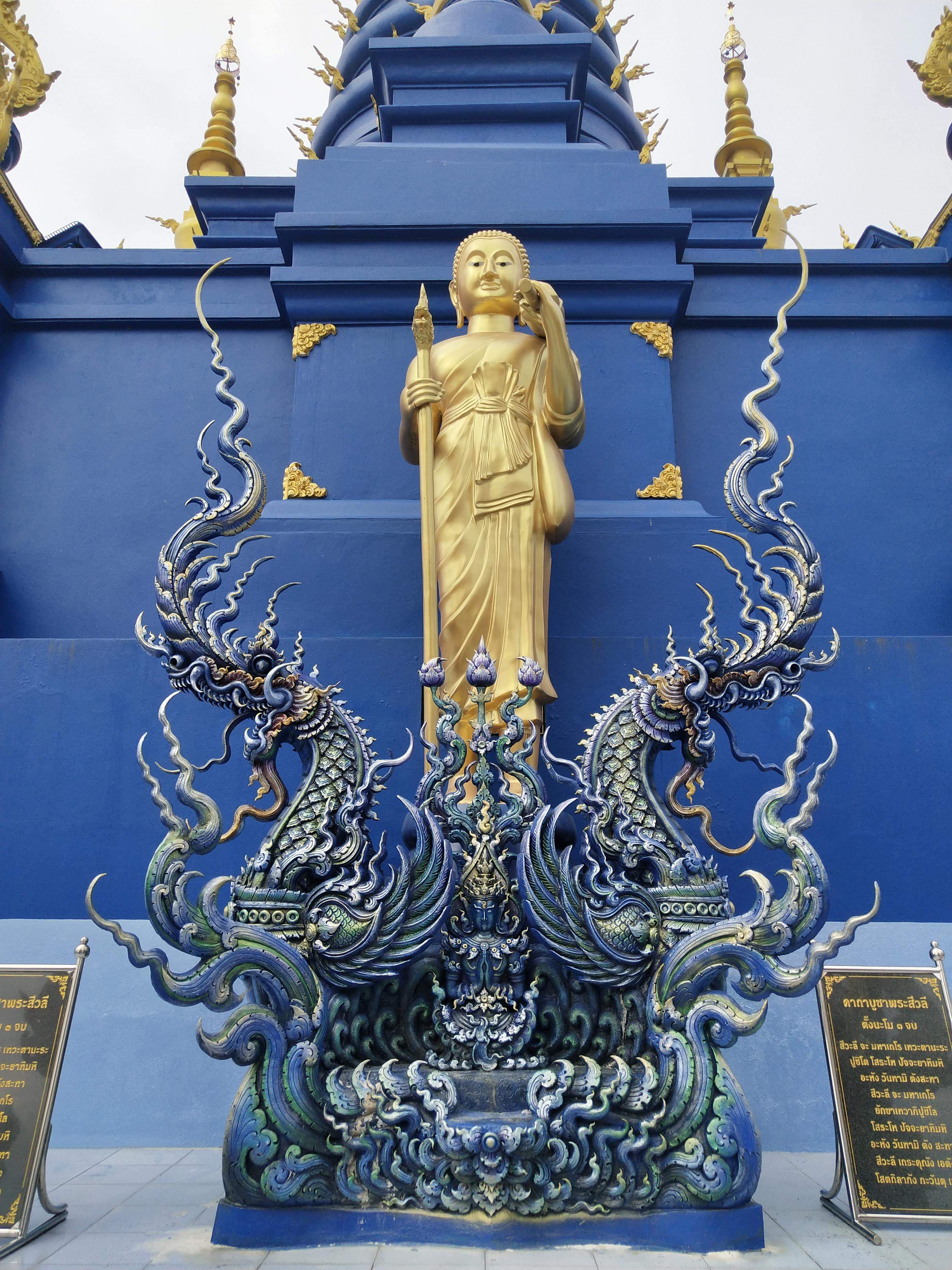
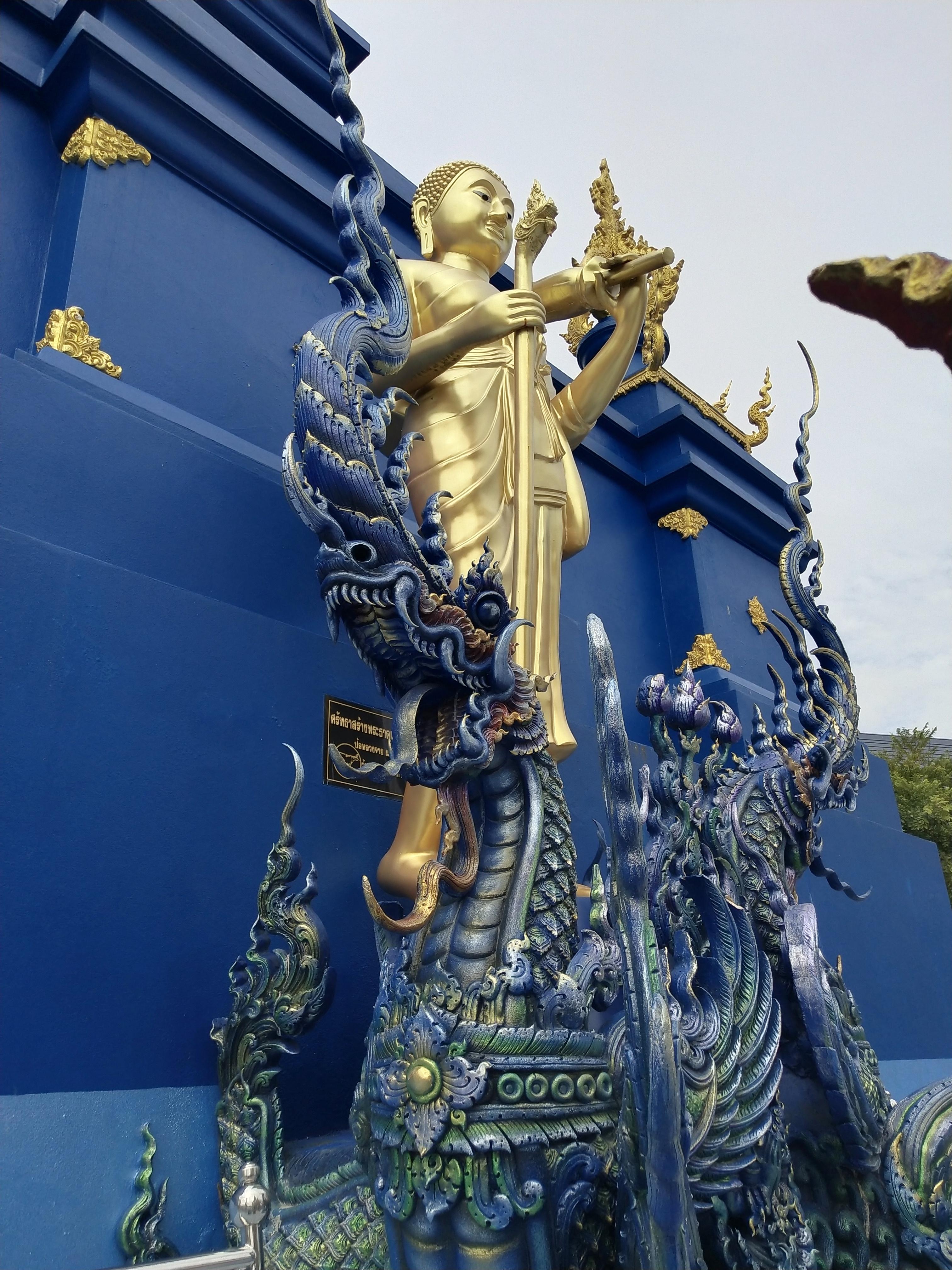
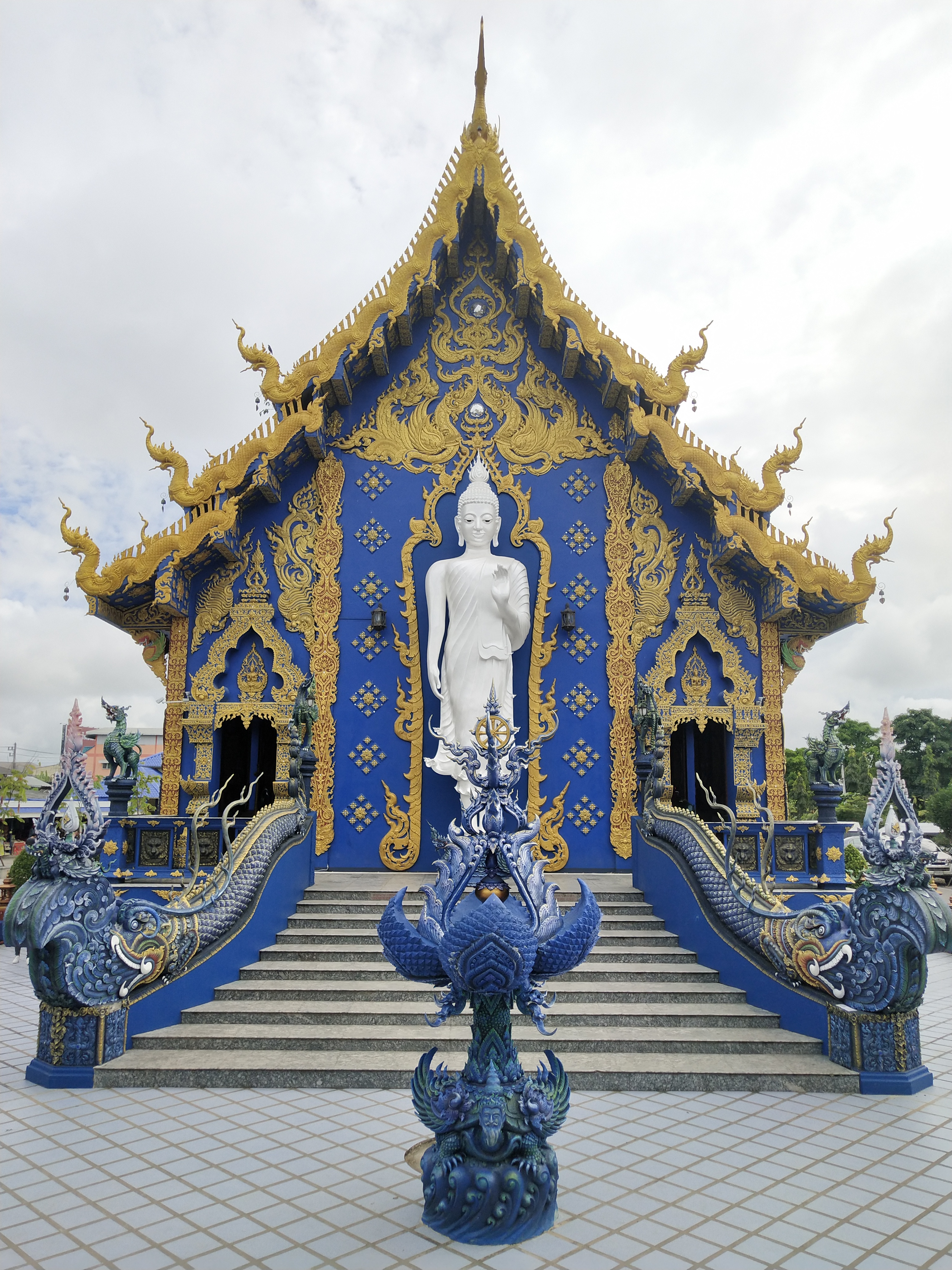
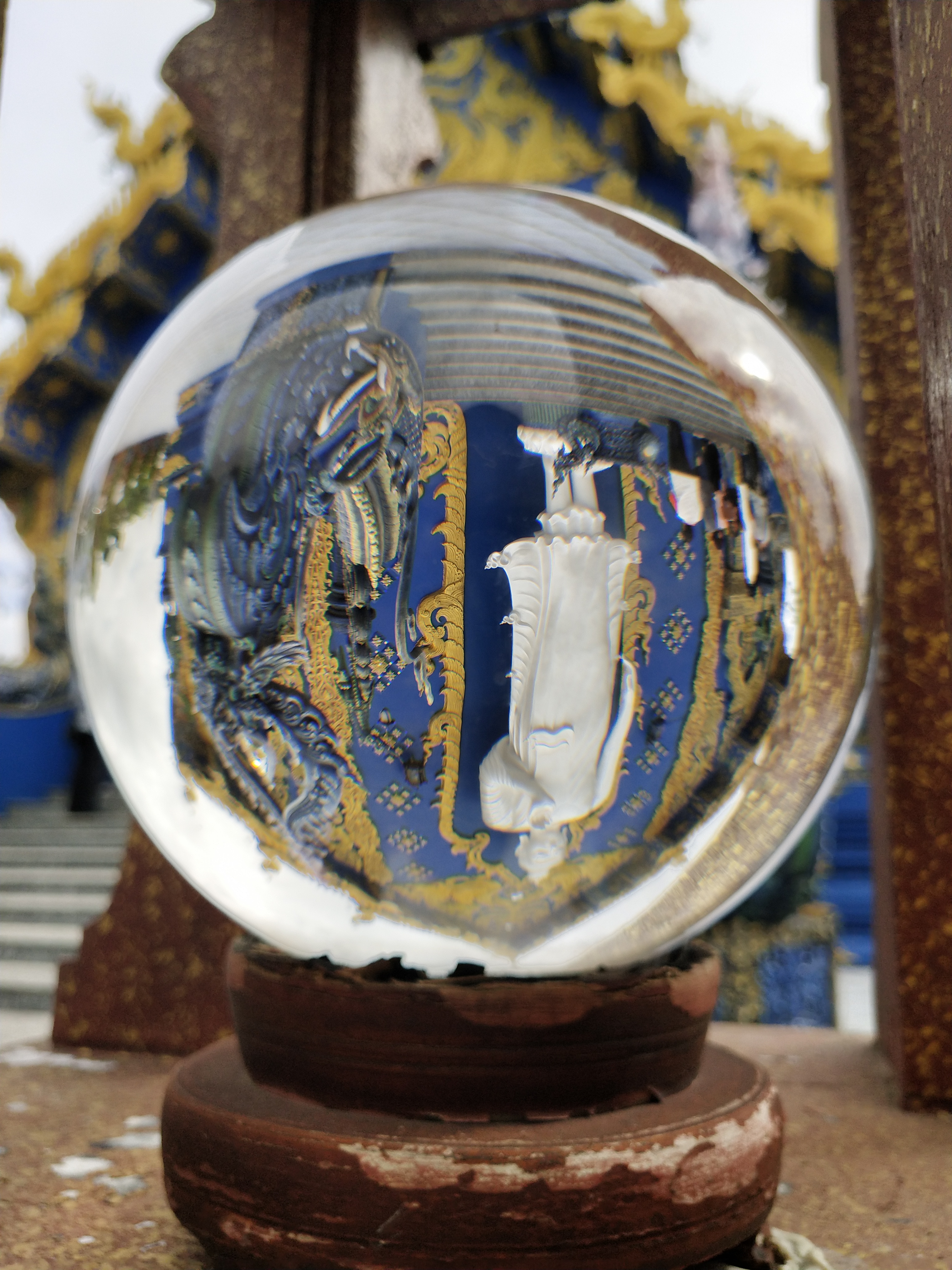



“Choui Fong Tea Plantation” for half a century, Choui Fong Tea has been well-known for the highest quality traditional teas cultivated in its gardens in Chiang Rai – the agricultural center in the kingdom of Thailand. In terms of production capacity, Choui Fong is the largest compared to other tea producers in the province of Chiang Rai. We have been in existence for over 40 years and consistently, we have maintained a very high standard of quality. We produce one of the finest teas in Thailand. We have built an increasing list of clientele over the years; here in Thailand and in other countries. Our clients have stayed with us over these years because of the high quality of tea we produce.
Choui Fong Tea grows several distinctive types of tea such as Assum, Green, Oolong, and Black Tea in the highlands at an altitude of around 1,200 meters above sea level and in a plantation area of over 1,000 rai. The ideal climate and soil conditions in Chiang Rai permit the cultivation of excellent teas. Not only are the teas grown under optimal conditions produced by mother nature, but the harvesting and processing of the tea leaves are also performed using proven and world-class best-practiced methods – from carefully handpicked leaves done by well-trained pickers to the blending of the leaves by professional tea specialists from Taiwan. All these factors combine to guarantee that consumers can enjoy tea of the highest quality, one that is rich in taste and aroma, and which has a pleasant lasting aftertaste.


